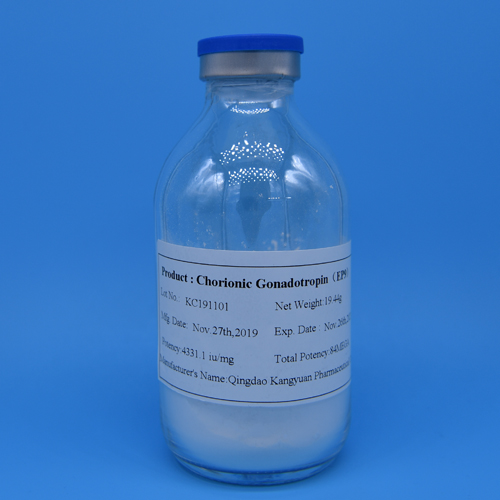In the realm of fertility treatments, two powerful medications, human
chorionic gonadotropin (hCG) and human menopausal gonadotropin (HMG), have
emerged as game-changers. This article aims to delve into the functions,
benefits, and the unique synergy between hCG and HMG in fertility treatments,
paving the way for successful conception.
Understanding hCG:
hCG, a hormone produced during early pregnancy, is utilized in fertility
treatments to stimulate ovulation.
It mimics luteinizing hormone (LH) and induces the release of mature eggs
from the ovaries.
hCG injections are crucial in timed intercourse or assisted reproductive
technologies (ART) like in vitro fertilization (IVF).

Exploring HMG:
HMG, composed of follicle-stimulating hormone (FSH) and LH, is derived from
postmenopausal women.
FSH facilitates the development of follicles in the ovaries, while LH
triggers ovulation.
HMG injections are used to enhance follicular growth and increase the
number of mature eggs for improved chances of conception.
The Synergistic Duo of hCG and HMG:
The combination of hCG and HMG harnesses the full potential of both
medications in fertility treatments.
hCG triggers ovulation, while HMG optimizes the growth and development of
multiple follicles, increasing the chances of successful conception.
This synergistic approach ensures better synchrony between ovulation and
the availability of mature eggs for fertilization.
Administration and Dosage:
Both hCG and HMG are administered via subcutaneous or intramuscular
injections, tailored to the specific fertility treatment plan.
Dosage and timing are carefully calibrated by healthcare providers to
optimize outcomes based on individual needs and responses.
Monitoring and Response:
Monitoring plays a vital role in fertility treatments utilizing hCG and
HMG.
Regular blood tests measure hormone levels and assess ovarian response to
therapy.
Ultrasound examinations visualize follicular development, guiding timing
for ovulation induction or fertility procedures.
Potential Side Effects and Risk Mitigation:
Common side effects of hCG and HMG injections may include mild discomfort,
bloating, breast tenderness, and mood swings.
Ovarian hyperstimulation syndrome (OHSS) and multiple pregnancies are
potential risks, but with vigilant monitoring, these risks can be minimized.
The combined power of hCG and HMG has revolutionized fertility treatments,
offering enhanced chances of successful conception. By utilizing hCG to trigger
ovulation and HMG to optimize follicular growth, fertility specialists can
achieve better synchronization and increase the likelihood of a successful
outcome. Close monitoring, individualized dosages, and consistent communication
with healthcare providers are crucial for safe and effective fertility
treatments. The remarkable synergy of hCG and HMG brings hope to couples
worldwide, paving the way for the realization of their dreams of parenthood.